 Abraham Lincoln
If given the truth, the people can be depended upon to meet any national crisis...
Abraham Lincoln
If given the truth, the people can be depended upon to meet any national crisis...
 Guildford news...
for Guildford people, brought to you by Guildford reporters - Guildford's own news service
Guildford news...
for Guildford people, brought to you by Guildford reporters - Guildford's own news service
Birdwatcher’s Diary No.92
Published on: 21 Aug, 2015
Updated on: 21 Aug, 2015
By Malcolm Fincham
As August arrived noticeable signs that the tide of summer was starting to turn.
I heard our local blackbird sing his last tuneful song of this year on July 24 (a little later this year), and as August rolled in daylight hours started to shorten.
Added to this was the disappearance of our local swift population in Stoughton, of well over 30 birds, which had now started making their way back to Africa with their young. Just the odd few could now seen passing through from further afield.
Although Surrey is far from the best place in the country for the variety of birds one can spot, it certainly makes up for it as one of the best counties to see butterflies.
With 59 breeding species of butterfly in the UK, more than 40 of the different types have been found in Surrey It can, however, take much perseverance, knowing where to look and what time of year to do so. With weather conditions playing a big roll too, I have been grateful for the long dry spells we have had here in the South East this year.
I haven’t had to look beyond my own small garden to record some of the more common species such as peacock, gatekeeper, large white and meadow brown.
Another one that now seems to have become more common to my garden this year is the holly blue, which as with a number of types of butterfly, is now on its second brood of the year.
Retracing my steps after my last report, I again visited Pewley Down before July was over.
I was able to add the small blue to my year list.
Chalkhill blues were out in greater numbers than my previous visit.
Several Essex skipper could still be found. This species is very similar in appearance to the small skipper also found there.
Because of their similarity, it was not recognised as a separate species until 1889.
Also several six-spotted burnet, often confused by some as butterflies, but are in fact day flying moths.
Common blues could also be seen, with several performing their mating rituals.
I was also pleased to see and picture another dark green fritillary there.
Visiting Whitmoor Common just north of Guildford on a few occasions in the first week of August, I was again able to get some photos of a pair of Dartford warblers I had seen there earlier in the year.
Being the first time I had seen them there for over a decade, I decided not to mention these sightings in my reports, until now that their breeding season is over.
On several evening visits as many as 28 ring-necked parakeets could be seen flying overhead in a north-easterly direction going to roost.
On a few afternoon visits as well I had good views of a kestrel as it perched on a wire.
I also had a few sightings of common buzzards.
On one occasion I even had a good view of a red kite, distant at first. But as I watched it began to drift in my direction and to my delight it flew overhead allowing me some reasonable photo-shots.
As with most of our heathlands this year, stonechats seem to have done very well with both adults and young in good numbers.
Even managing to get a picture of a male adult attending to one of its young.
The usual small flock of linnets could be seen, with males in their bright red summer plumage.
Both greater spotted and green woodpeckers are also a regular sight there.
Staying on the trail of my yearly sightings of the many various butterfly we can see in Surrey, I took a walk across Thursley Common on August 3 and was able to catch up on my first sighting this year a few grayling.
Although similar in size and colour to the meadow brown while in flight, I was able to recognise the grayling’s much faster flight pattern and captured a picture of one as it landed.
As with on Whitmoor Common, stonechats could be observed in good numbers.
Although Dartford warblers and redstarts remained camera shy on this occasion, hearing their calls was enough to know they were present.
In fact, I was able to get a picture of one young redstart as it made a brief inquisitive appearance.
Rowan berries were starting to turn into their bright red and orange colours, contrasting with the purple carpet of heather and even some yellow flowers on the gorse, now coming out in bloom.
A visit to Stoke Lake in the first week of August gave me the chance to catch up on the great crested grebes. Having lost their first brood to predators, they are now successfully raising two more young.
This I believe was with the help of the added protection of the common terns that were still present at their time of hatching, mobbing any passing predators.
At Bowers Lock, although still not getting to capture any shots of the barn owl out hunting, it was good to see it still present and roosting in one of its favourite trees.
This was while watching a buck roe deer as it grazed in the field near by. He was later joined by two fawns.
With the chances of sighting new species butterfly this year coming to a close, my friend Dougal and I decided to take advantage of a few dry weekends in August to visit Denbies Hillside, near Dorking. This was with the hope of spotting three species we hadn’t yet seen this year.
On our first visit on August 9 we managed to pick out the silver spotted skipper.
As well as brown argus among the many chalkhill blues on show.
Stealing the the show for me that day were four very obliging kestrels along the hillside. Being primarily a bird-watching enthusiast, along with a sighting of a red kite drifting overhead, I was distracted from my hunt for butterflies for a while.
Revisiting Denbies Hillside on August 16, we were finally able to catch up with what is considered by many, to be the ‘jewel in the crown’ of blue butterflies.
The adonis blue is indeed a beauty, richer in colour than any of the others. And the rarest of our blue butterflies too, only found in southern England.
Although only spotting about a dozen of them, they were just out on the wing and all in good condition, making them stand out well among the chalkhill blues still on display.
In Surrey they are restricted to the short grass of south-facing chalk downland of Denbies Hillside and Box Hill, Dorking.
Responses to Birdwatcher’s Diary No.92
Leave a Comment Cancel replyPlease see our comments policy. All comments are moderated and may take time to appear.
Recent Articles
- Guildford Institute’s Crowdfunding Project for Accessible Toilet in its New Community and Wellbeing Centre
- Letter: Guildford – Another Opportunity Missed?
- Letter: GBC’s Corporate Strategy – Where Is the Ambition?
- My Memories of John Mayall at a Ground-breaking Gig in Guildford Nearly Six Decades Ago
- Westborough HMO Plans ‘Losing the Heart of the Street’ Says Resident
- College Invests to Boost Surrey’s Economy and Close Digital Skills Gap
- Community Lottery Brings Big Wins for Local Charities
- GBC Housing Plan Promises ‘A Vibrant Urban Neighbourhood’ Near Town Centre
- Hospital Pillows ‘Shortage’ at the Royal Surrey
- Updated: Caravans Set Up Camp at Ash Manor School


Recent Comments
- Ian Macpherson on Updated: Main Guildford to Godalming Road Closed Until August 1
- Sara Tokunaga on GBC Housing Plan Promises ‘A Vibrant Urban Neighbourhood’ Near Town Centre
- Michael Courtnage on Daily Mail Online Reports Guildford Has Highest-paid Council Officer
- Alan Judge on GBC Housing Plan Promises ‘A Vibrant Urban Neighbourhood’ Near Town Centre
- John Perkins on GBC Housing Plan Promises ‘A Vibrant Urban Neighbourhood’ Near Town Centre
- S Collins on GBC Housing Plan Promises ‘A Vibrant Urban Neighbourhood’ Near Town Centre
Search in Site
Media Gallery
Dragon Interview: Local Artist Leaves Her Mark At One of England’s Most Historic Buildings
January 21, 2023 / No Comment / Read MoreDragon Interview: Lib Dem Planning Chair: ‘Current Policy Doesn’t Work for Local People’
January 19, 2023 / No Comment / Read MoreA3 Tunnel in Guildford ‘Necessary’ for New Homes, Says Guildford’s MP
January 10, 2023 / No Comment / Read More‘Madness’ for London Road Scheme to Go Ahead Against ‘Huge Opposition’, Says SCC Leader
January 6, 2023 / No Comment / Read MoreCouncillor’s Son Starts Campaign for More Consultation on North Street Plan
December 30, 2022 / No Comment / Read MoreCounty Council Climbs Down Over London Road Works – Further ‘Engagement’ Period Announced
December 14, 2022 / No Comment / Read MoreDragon Interview: GBC Reaction to the Government’s Expected Decision to Relax Housing Targets
December 7, 2022 / No Comment / Read MoreHow Can Our Town Centre Businesses Recover? Watch the Shop Front Debate
May 18, 2020 / No Comment / Read More



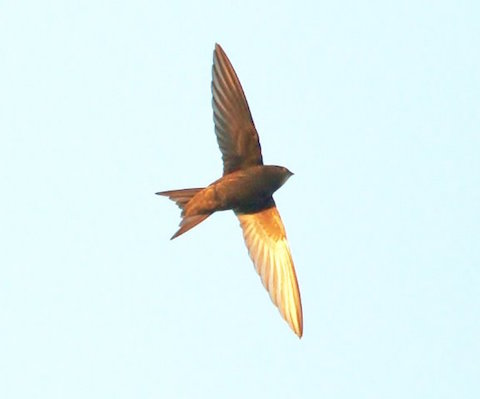


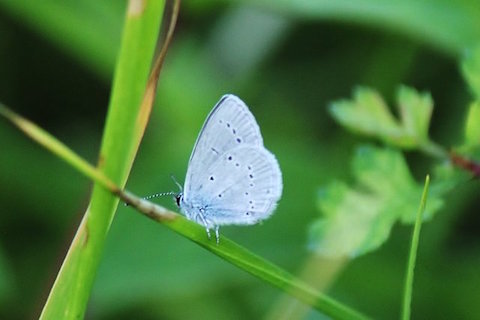

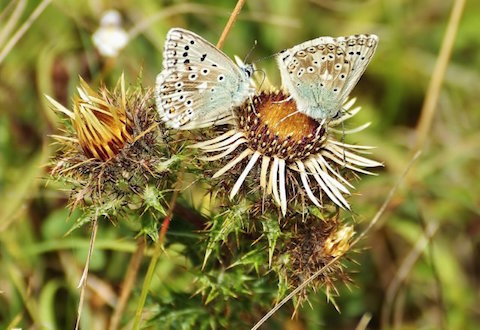
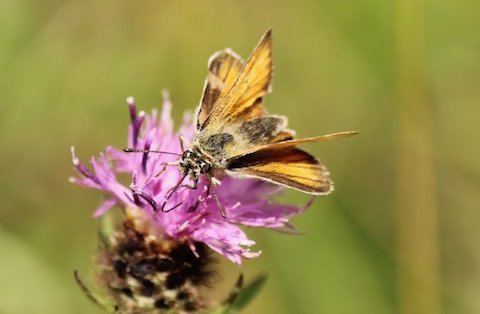
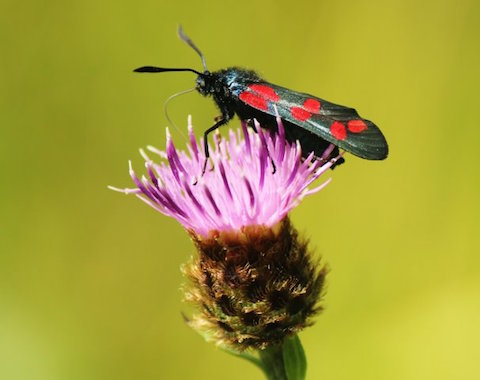
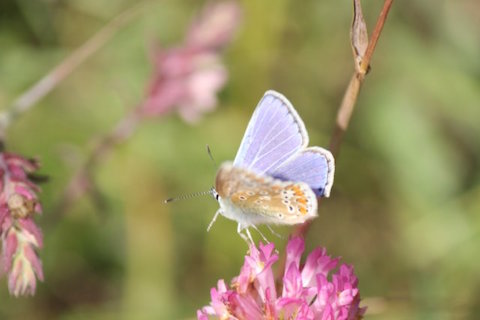
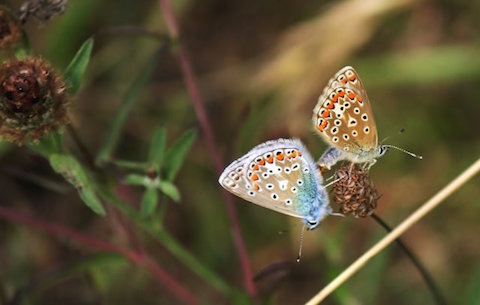
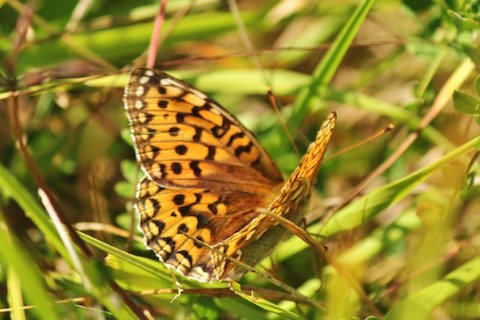
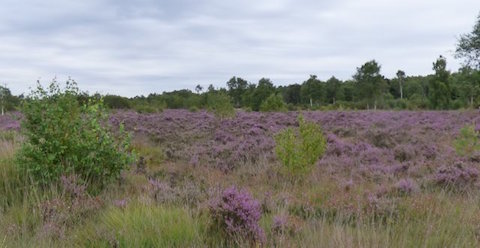
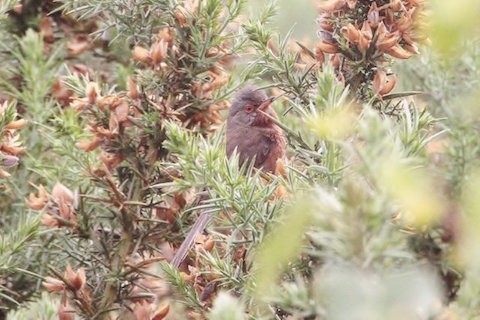
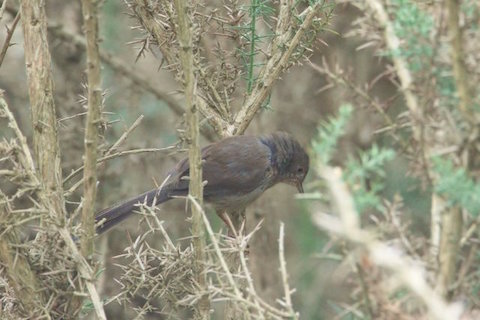
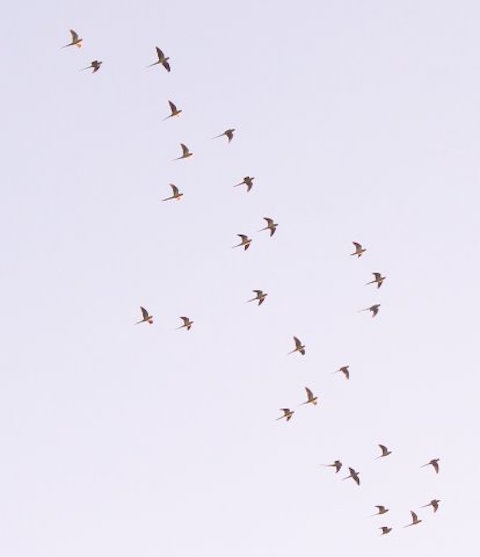


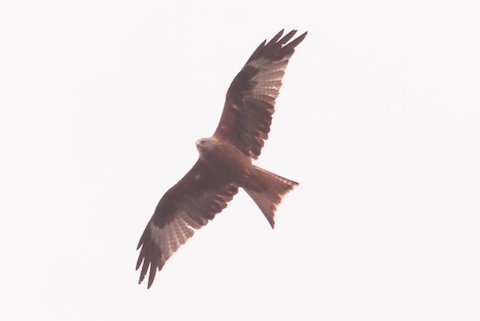
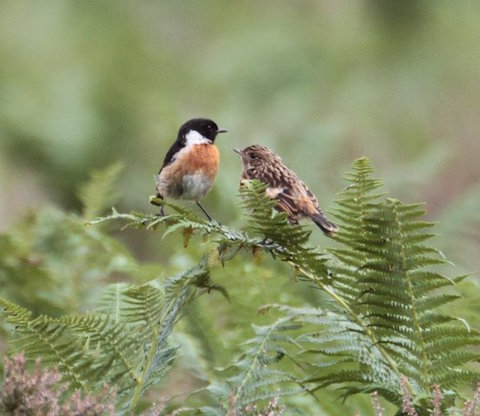

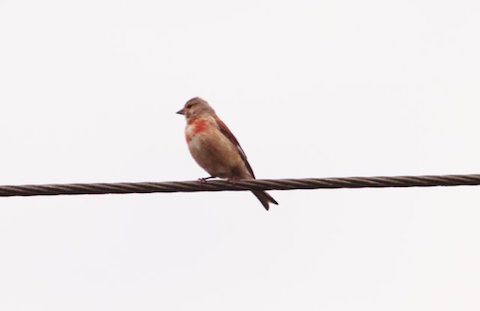
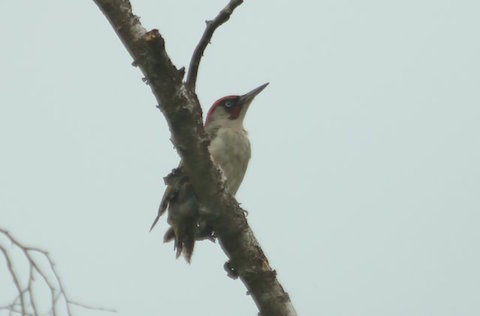
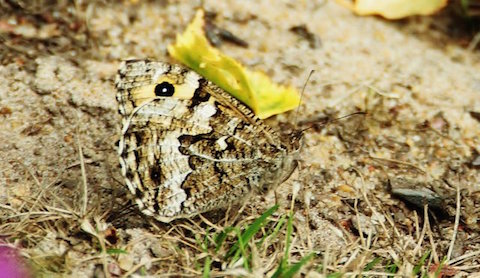

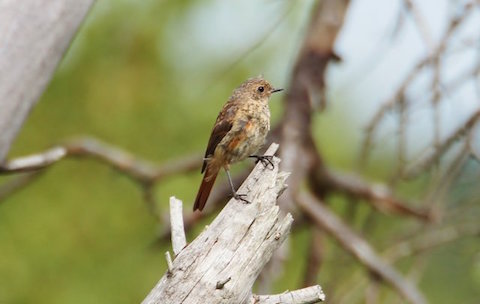
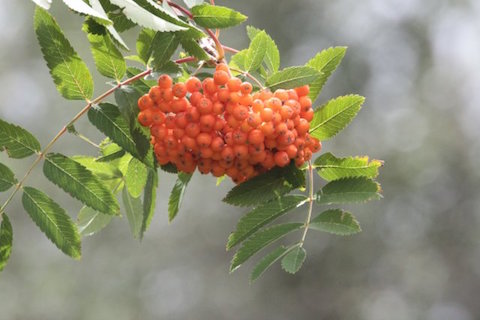
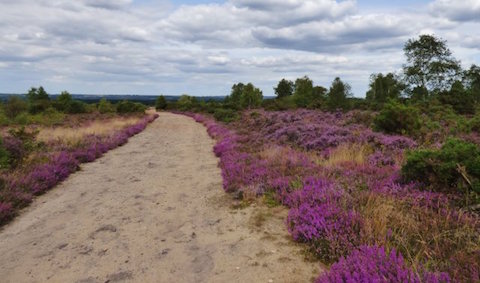
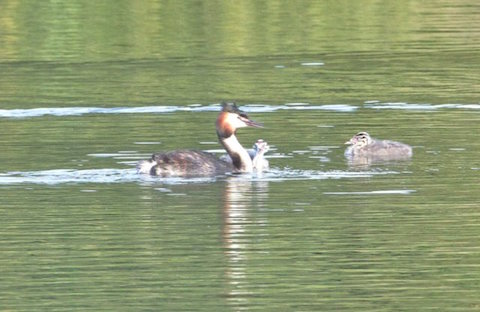
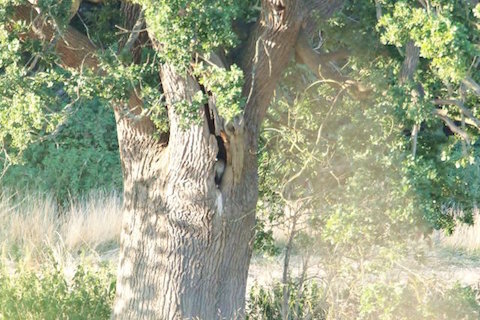
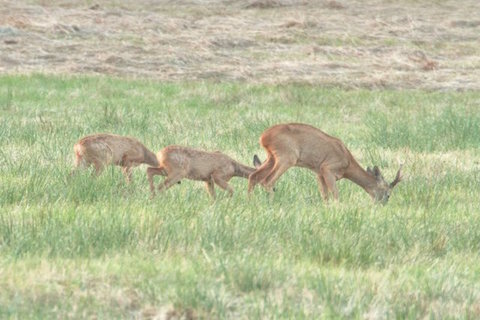
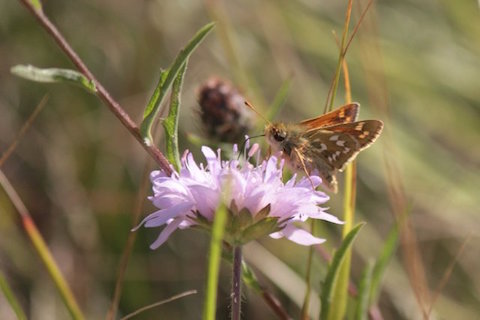


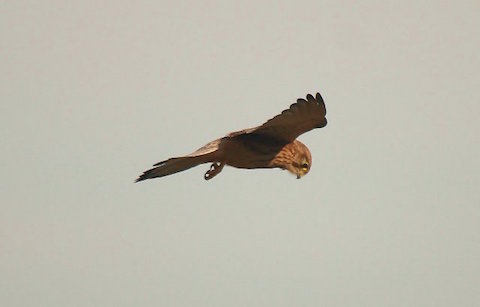
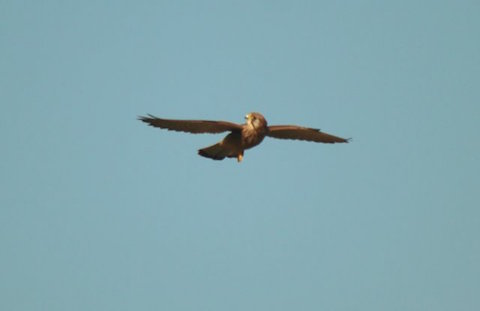
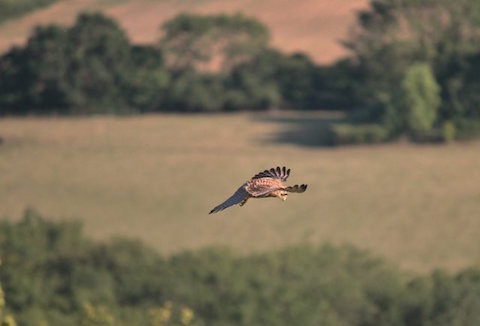
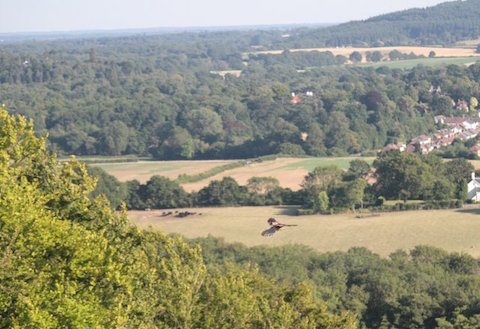
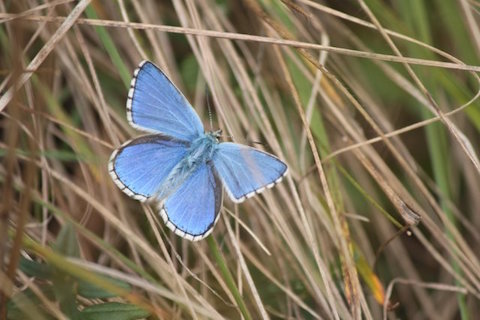






George Winterbottom
August 21, 2015 at 2:29 pm
I’ve walked around Bowers Lock a million times but can’t seem to find the tree the owl lives in. Any clues?
Harry Eve
August 22, 2015 at 10:07 pm
While Holly Blues have been plentiful in the last few weeks, Burnet moths seem to be having a bad year. Just a few where they would normally be seen in good numbers. Holly Blues are well known for their cycle of population swings due to a parasitic wasp. I wonder whether Burnet moths have a similar issue or whether there is another explanation.
Jackie Tancred
August 24, 2015 at 11:26 am
Fantastic site and photographs. Thank you so much Malcolm for showing our wonderful natural world.
Malcolm Fincham
August 24, 2015 at 7:58 pm
A very good point well made made by Harry Eve and one I should have mentioned in my report.
I have also realised I made the mistake in saying that the adonis is the rarest of our blue butterflies. Although like the small blue it needs specialised sites to breed, it is not as rare as the large blue, which became extinct in the UK in the late 1970s. It has since been reintroduced. http://butterfly-conservation.org/679-899/large-blue.html.
In answer to George Winterbottom’s question, when you cross the metal footbridge just beyond the lock, continue along the towpath (heading down stream), just before you get to the line of trees by the towpath look across to the lone oak on the far side of the field.
You may need a reasonable pair of binoculars, but that’s one of a number of sites where he like to perch and where I took the above photo.